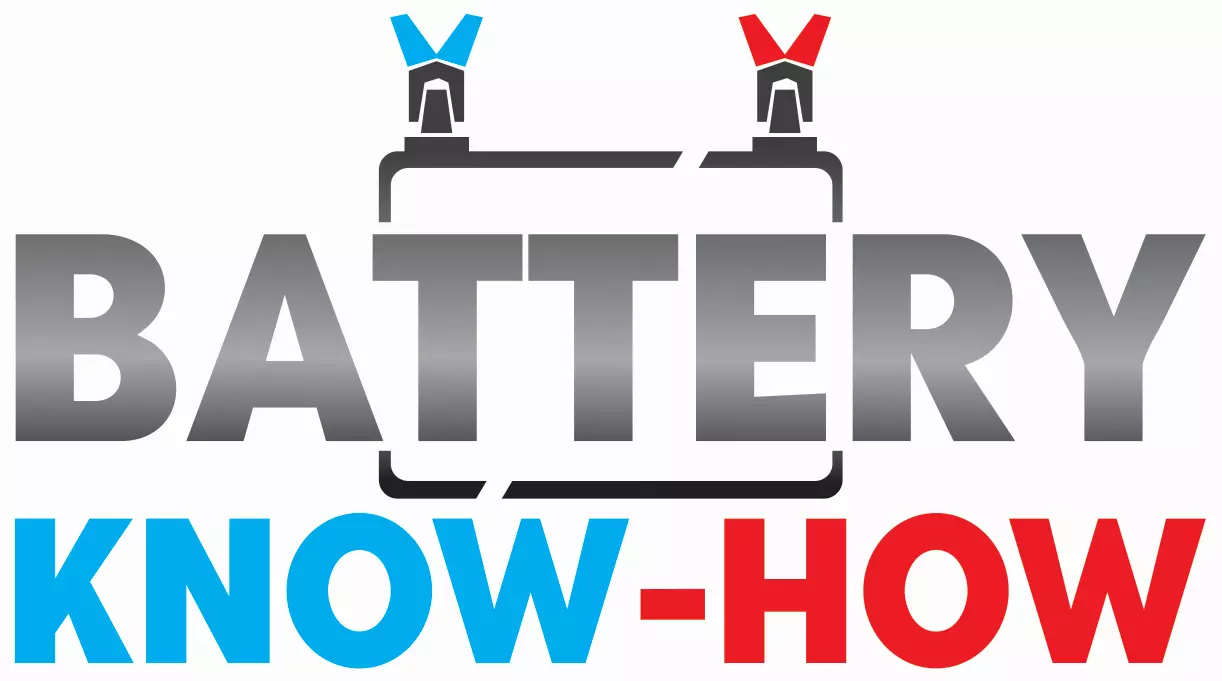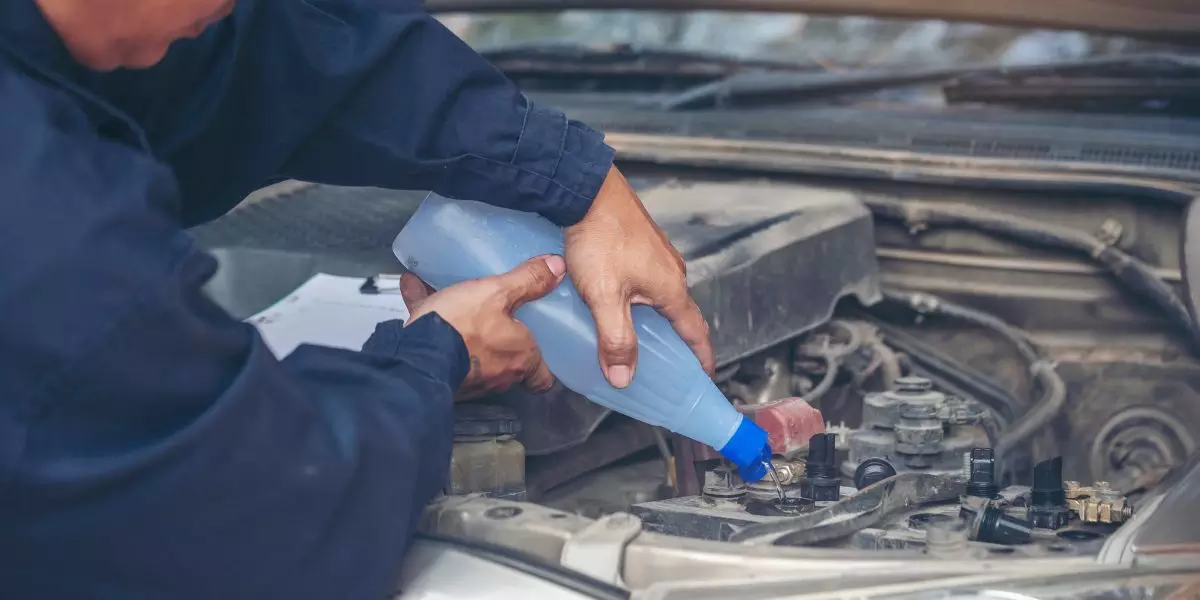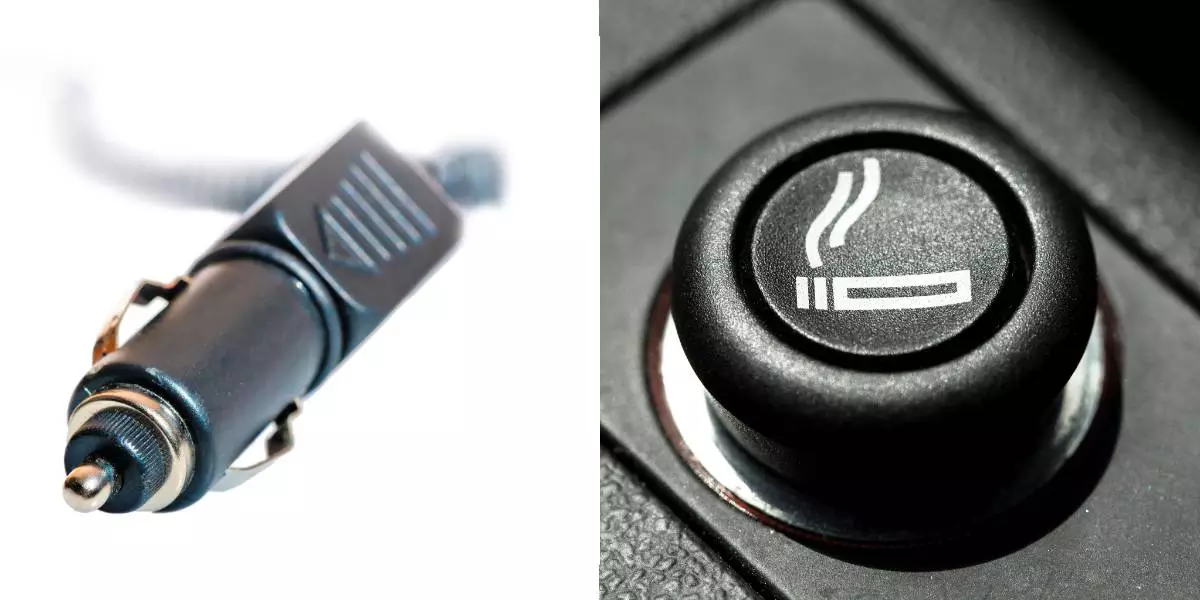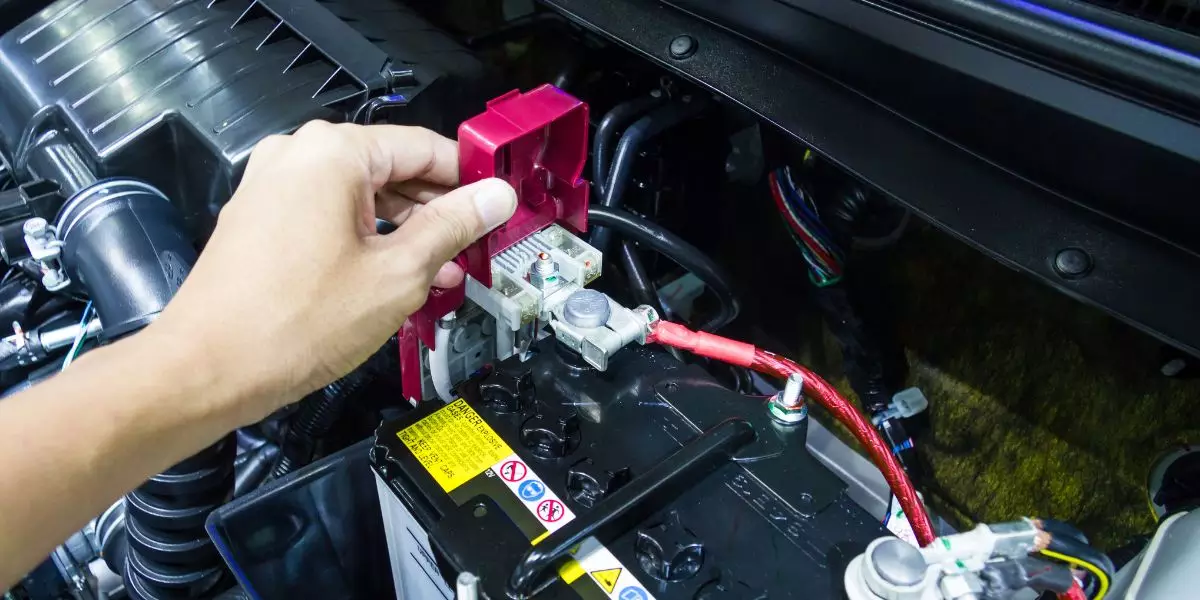Imagine this scenario: you’re getting ready for a long road trip, and as you pop the hood of your car to check the battery, you suddenly realize it’s running low on water. Should you give it a little extra love and add some more water? But wait, can you overfill a car battery?
This article will explore this common question and shed light on the do’s and don’ts of maintaining your car battery to keep it running smoothly. So, let’s dive in and find out if there’s a limit to how much water you can add to your car battery!
Can You Overfill A Car Battery
What is a Car Battery
A car battery is a device that stores and supplies electrical energy to power the various electrical systems in a vehicle. It is essentially a rechargeable storage unit that provides the necessary electrical power to start the engine, operate the lights, power windows, and other electrical components of the car.
How Does a Car Battery Work
To understand if you can overfill a car battery, it’s important to first understand how a car battery works. A car battery consists of a plastic case containing several cells, each consisting of a set of lead plates immersed in a mixture of sulfuric acid and distilled water, called electrolyte. The chemicals within the battery react to produce electrical energy, which is stored in the battery until it is needed.
When you start your car, a chemical reaction occurs within the battery, causing the lead plates to convert the chemical energy into electrical energy. This electrical energy is then used to power the engine and all the electrical components of the vehicle.
What Happens When a Car Battery is Overfilled
Overfilling a car battery means adding more electrolyte solution than necessary to the battery cells. This can have various negative consequences and can potentially damage the battery itself.
When a car battery is overfilled, the excess electrolyte volume can cause an increase in pressure within the battery. This increased pressure can lead to leaks, spills, or even an explosion in extreme cases. Overfilling can also cause the electrolyte to overflow from the battery, leading to corrosion and damage to the surrounding components.
Effects of Overfilling a Car Battery
Overfilling a car battery can have several negative effects on its performance, lifespan, and overall functionality. Some of the common effects of overfilling a car battery are:
Reduced Lifespan: Overfilling a car battery can shorten its lifespan significantly. The excess electrolyte can cause increased corrosion, leading to the deterioration of the battery’s internal components and reducing its overall longevity.
Poor Performance: An overfilled battery may experience difficulty starting the vehicle or require frequent jump starts. The excess electrolyte can interfere with the chemical reactions within the battery, impairing its ability to deliver a consistent and strong electrical charge.
Increased Maintenance Needs: Overfilling a car battery can result in increased maintenance requirements. The corrosive nature of the electrolyte can lead to the erosion of battery terminals, necessitating frequent cleaning, and potentially replacement.
Potential for Irreversible Damage: Overfilling a car battery can cause severe damage to the internal components, which may be irreversible. The excess pressure or leakage can compromise the battery’s integrity, leading to its failure and the need for a replacement.
What Causes Overfilling of Car Batteries
Several factors can contribute to the overfilling of car batteries. Some of the common causes include:
Inadequate Cell Spacing: Insufficient spacing between the battery cells can make it difficult to accurately measure and control the amount of electrolyte being added. This can result in overfilling the battery.
Inaccurate Filling Process: If the filling process is not done carefully or using improper tools, it can lead to overfilling. Incorrect measurement of electrolyte or using an incorrect volume can result in adding more electrolyte than necessary.
Temperature Fluctuations: Temperature fluctuations can affect the volume of the electrolyte. When the battery is subjected to extreme temperatures, the electrolyte expands, resulting in potential overfilling.
Common Mistakes to Avoid When Filling a Car Battery
To prevent overfilling a car battery, it is important to follow some best practices. Here are some common mistakes to avoid when filling a car battery:
Checking the Manufacturer’s Specifications: Always refer to the manufacturer’s specifications regarding the correct electrolyte level and filling process. Each battery may have different requirements, and following the guidelines provided will help prevent overfilling.
Using the Correct Type of Electrolyte: Ensure that you are using the correct type and concentration of electrolyte for your battery. Using the wrong electrolyte or mixing different types can lead to overfilling or damage to the battery.
Monitoring the Fill Level Carefully: Monitor the fill level during the filling process to avoid overfilling. Take your time and be accurate with the measurement to prevent any excess electrolyte from being added.
Ensuring Proper Ventilation: Always ensure that there is proper ventilation when working with a car battery. This helps prevent the buildup of dangerous gases and reduces the risk of explosion or leakage.
Regular Maintenance and Inspection: Perform regular maintenance checks on your car battery to identify any signs of overfilling or potential issues. Regular inspection and maintenance can help prevent damage and ensure optimum battery performance.
Frequently Asked Questions
Q: Can you overfill a car battery?
A: Yes, you can overfill a car battery.
Q: What is the recommended water level for a car battery?
A: The recommended water level for a car battery is usually about half an inch above the top of the battery plates.
Q: What type of water should be used to top up a car battery?
A: Distilled water should be used to top up a car battery. Using tap water or any other type of water may contain impurities and can affect the battery’s performance.
Q: What is battery acid?
A: Battery acid refers to the sulfuric acid solution inside a lead-acid battery, which serves as the electrolyte.
Q: How do I check the water level in a car battery?
A: To check the water level in a car battery, you can visually inspect the battery and ensure the water level is above the top of the battery plates.
Q: Can adding water to a battery cause gas to escape?
A: Yes, adding water to a battery can cause hydrogen gas to escape. It is important to take proper precautions and ensure proper ventilation when working with car batteries.
Conclusion
Overfilling a car battery can have detrimental effects on its performance, lifespan, and overall functionality. It is important to properly understand the functioning of a car battery and follow the manufacturer’s specifications and best practices to avoid overfilling.
By doing so, you can ensure that your car battery operates efficiently, lasts longer, and reduces the risk of damage or accidents associated with overfilling. Taking care of your car battery is essential for the proper functioning of your vehicle and your safety on the road.




